 Potere agli sviluppatori.
Potere agli sviluppatori.
Una persona vicina agli sviluppatori in possesso del DevKit di Wii U, ha rilasciato le specifiche tecniche della console next-gen di Nintendo.
Pur non potendo affermare che siano quelle vere, ve le pubblichiamo per dovere di cronaca. Quello che viene da pensare è che se fossero confermate, la console è poco più potente di una attuale Playstation 3 o Xbox 360, eppure i titoli mostrati attualmente non raggiungono la qualità visiva nota.
Si parla di 1.5GB di memoria a disposizione dal sistema composto da architettura PowerPC da tre core con 3MB di cache di secondo livello, mentre la grafica è supportata da un chip che permette 32MB di bandwith potendo optare tra una risoluzione 720p con filtro anti-aliasing MSAA 4x oppure 1080p diretto.
Pare quindi che la potenza di calcolo debba essere tirata fuori dagli sviluppatori, come successo agli inizi con PS3, e dimostrare la loro abilità nel gestire le risorse a disposizione e ad indirizzarle per ciò che serve. Attualmente sembra che il problema sia nel cuore della struttura, realizzata per avere la unità centrale come un server che eroga le applicazioni e i giochi, mentre il GamePad (ovvero il tablet multifunzione) attinge le informazioni dalla console in streaming diretto, caricando di fatto quest’ultima di parecchie risorse.
Vi lasciamo alle informazioni traplelate, e ai vostri commenti che potete scrivere nell’apposito box posto in fondo all’articolo.
{vsig}games/nintendo/Wii-U/e32012{/vsig}
Hardware Features
Main Application Processor
- PowerPC architecture.
- Three cores (fully coherent).
- 3MB aggregate L2 Cache size.
- core 0: 512 KB
- core 1: 2048 KB
- core 2: 512 KB
- Write gatherer per core.
- Locked (L1d) cache DMA per core.
Main Memory
- Up to 3GB of main memory (CAT-DEVs only). Note: retail machine will have half devkit memory
- Please note that the quantity of memory available from the Cafe SDK and Operating System may vary.
Graphics and Video
- Modern unified shader architecture.
- 32MB high-bandwidth eDRAM, supports 720p 4x MSAA or 1080p rendering in a single pass.
- HDMI and component video outputs.
Features
- Unified shader architecture executes vertex, geometry, and pixel shaders
- Multi-sample anti-aliasing (2, 4, or 8 samples per pixel)
- Read from multi-sample surfaces in the shader
- 128-bit floating point HDR texture filtering
- High resolution texture support (up to 8192 x 8192)
- Indexed cube map arrays
- 8 render targets
- Independent blend modes per render target
- Pixel coverage sample masking
- Hierarchical Z/stencil buffer
- Early Z test and Fast Z Clear
- Lossless Z & stencil compression
- 2x/4x/8x/16x high quality adaptive anisotropic filtering modes
- sRGB filtering (gamma/degamma)
- Tessellation unit
- Stream out support
- Compute shader support
GX2 is a 3D graphics API for the Nintendo Wii U system (also known as Cafe). The API is designed to be as efficient as GX(1) from the Nintendo GameCube and Wii systems. Current features are modeled after OpenGL and the AMD r7xx series of graphics processors. Wii U’s graphics processor is referred to as GPU7.
Sound and Audio
- Dedicated 120MHz audio DSP.
- Support for 6 channel discrete uncompressed audio (via HDMI).
- 2 channel audio for the Cafe DRC controller.
- Monaural audio for the Cafe Remote controller.
Networking
- 802.11 b/g/n Wifi.
Peripherals
- 2 x USB 2.0 host controllers x 2 ports each.
SDCard Slot.
Built-in Storage
- 512MB SLC NAND for System.
- 8GB MLC NAND for Applications.
Host PC Bridge
-
Dedicated Cafe-to-host PC bridge hardware.
-
Allows File System emulation by host PC.
-
Provides interface for debugger and logging to host PC.

